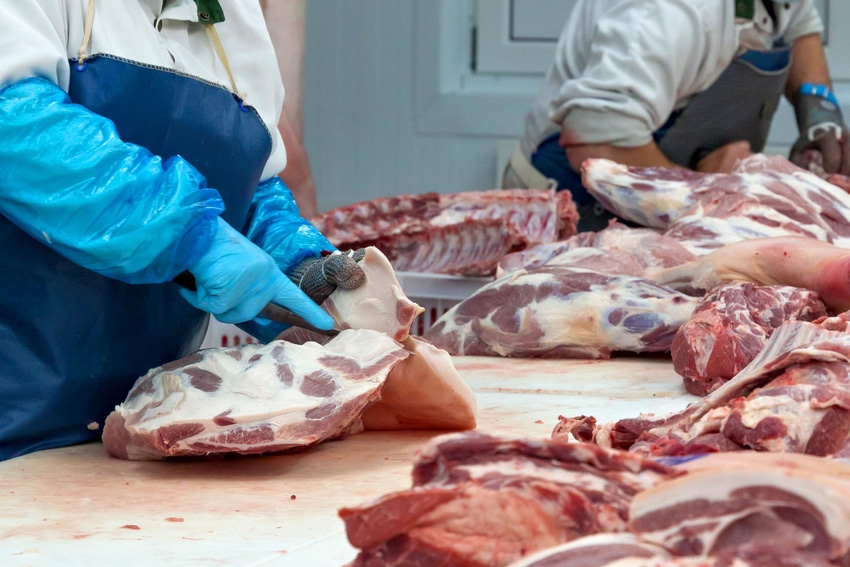Meat Institute guidance fights child labor, identity fraud
Members universally aligned that meat and poultry production facilities are no place for children.
May 3, 2024

The Meat Institute has created a best practices document to help the meat and poultry industry prevent child labor and identity fraud. The document, the “Meat and Poultry Industry Best Practices: Workforce Age Verification” can be found here.
“The members of the Meat Institute are universally aligned that meat and poultry production facilities are no place for children,” said Julie Anna Potts, president and CEO of the Meat Institute. “These best practices were developed to help prevent child labor given the record influx of undocumented minors occurring in tandem with the increasing prevalence and sophistication of identity theft and fraud.”
“We have shared these best practices with both the Department of Labor and the Department of Agriculture,” said Potts. “We know existing government programs are not enough to solve this problem, and we stand ready to work with the federal government to develop effective programs, and, where appropriate, penalties, to make sure underage workers are not a part of our workforce.”
With hundreds of thousands of migrants entering the country illegally each month, including more unaccompanied minors than ever before, nearly 400,000 since 2021, many industries have unknowingly hired minors exploited by human traffickers using various methods of identity fraud.
The Meat Institute has worked to educate member companies to improve age and identity verification. Programming has included outside experts and counsel to educate member companies on false identification, on trafficking, on lessons learned from companies charged with violating child labor laws, on new programs and technology to detect identity fraud and more.
As a result of this programming and in consultation with member companies, the Meat Institute gathered field tested best practices and provided the industry with an effective framework for members to further develop their own programs.
The best practices document reviews legal authorities, includes suggestions for corporate codes of conduct, expectations for third-party contractors, instructions for immediate on the ground responses to suspicions of child labor, enhanced training, audits and technological solutions.
You May Also Like



